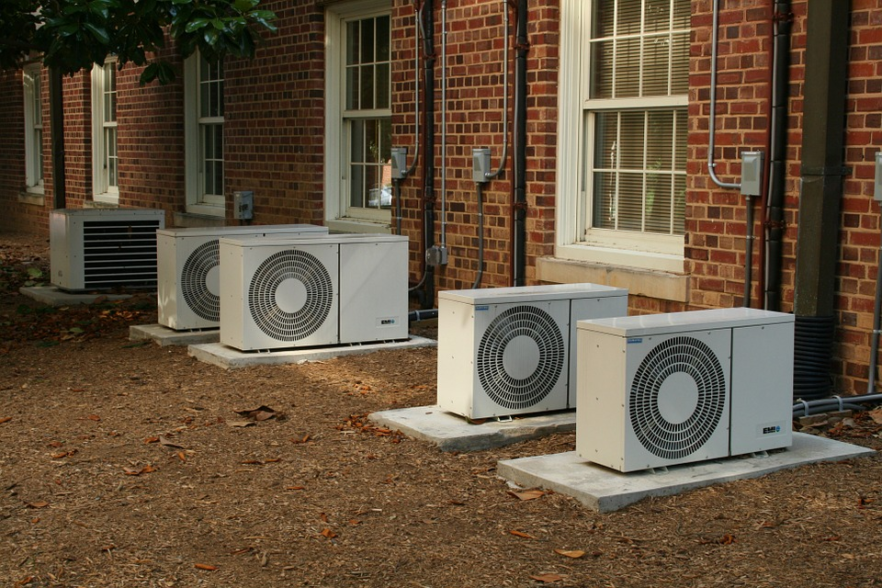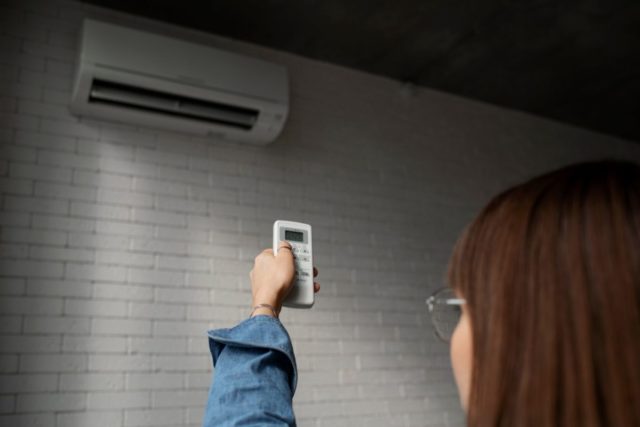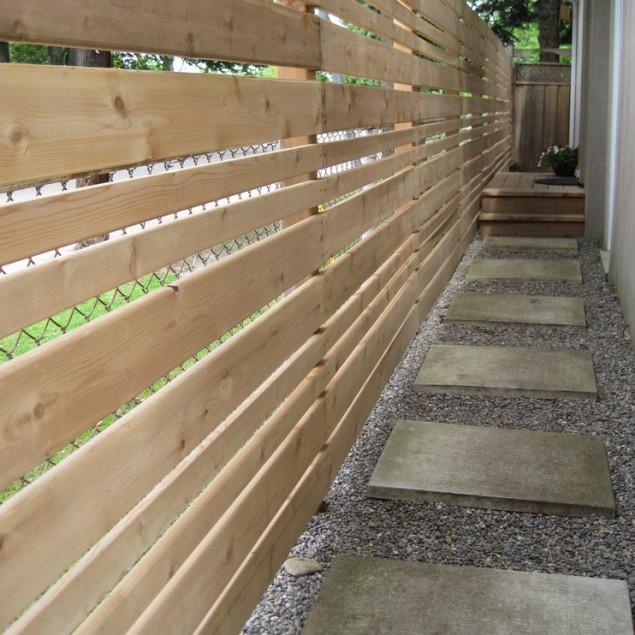Undoubtedly, the installation of an air conditioner significantly increases comfort. But few people think about how this device works. Most people think that only specialists should understand such a thing. Knowing the principle of operation and what components consist of the device is worth it. On the website, you can read more about the installation of heating, ventilation, and air conditioning systems.
The principle of operation of Air Conditioners
The operation of an air conditioner is realized using two components: an outdoor unit and an indoor unit. The outdoor unit is blown by the outdoor air masses, and the indoor unit is blown by the indoor air. So, we get the answer to the most widespread question of all, who wants to understand the principle of work of system – where in an air conditioner the air formed from?
How do Air Conditioners work on heating in a cold season?
After you have decided to buy conditioner, you are sure to look closely at different marks and models (and often, it happens even before deciding on a purchase). And the first thing that you pay attention to is the technical characteristics. There are different numbers in these characteristics, for example, a recommended range of working temperatures of a conditioner. Exceeding it conditioner is out of the warranty zone. But it is not the greatest minus because further the following is waiting for you:
- The promised heating capacity of the air conditioner is lost;
- The compressor in accelerated mode wears out and eventually breaks down completely.
And it happens as a result of the fact that the oil dissolved in the refrigerant effectively lubricates friction and moving details only at the temperatures announced by the manufacturer.
A usual inverter conditioner can work at the minimum outside temperature -15°C, and if you want something more – you should choose from the options, equipped with the heating of the compressor and the pallet, conditioners with big heat exchangers and automatic modes of defrosting, conditioners with the system of electronic injection of the coolant and modern compressors.
Understanding the physics of processes in air conditioners, we can make conclusions:
- If the air conditioner works, but the air from the indoor unit is warm, most likely, there is not enough Freon. A low concentration of gas does not allow the compressor to compress it and then transform it into liquid condition, which means that the evaporation process does not take place. There is another intermediate state when it becomes clear that freon is not enough: it is when cold air is coming from the indoor unit, but the liquid pipe is freezing. The freezing of the liquid pipe indicates that there is not enough Freon in the system, and it begins to boil even before the indoor unit. Probably soon, there is no freon left at all, and you have to charge the air conditioner, having eliminated the reason for the lack of freon beforehand.
- The higher temperature of outside air, the lower efficiency of a conditioner, as it is more difficult to cool freon in a condenser. The upper range of working temperature of the majority of air-conditioners does not exceed 45 degrees. And vice versa, the lower the temperature of the outdoor unit, the higher the efficiency
If during installation, too much freon is pumped into the system, there is a probability that evaporation will not occur, and the liquid refrigerant will get into the compressor, which will inevitably put it out of operation, as the liquid, unlike gas, does not compress. But it is possible rather theoretically.
The outer and inner blocks of the air conditioner are united only by copper pipes which are filled with coolant. The standard air conditioner does not tolerate outdoor air. In other words, the air conditioner runs the same indoor air through the indoor unit, cooling it. There are air conditioners with a function of fresh air inflow, but they are few, and most models do not have it.






